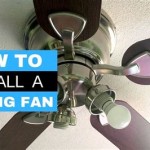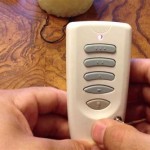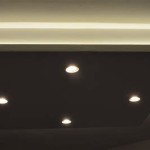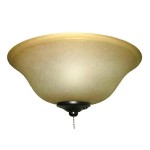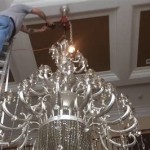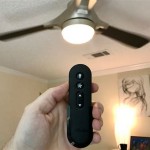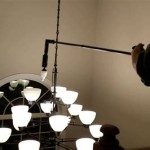Ceiling Fan Light Not Bright Enough? Here are the Essential Aspects to Consider
When a ceiling fan light falls short of expectations in terms of brightness, it can be a frustrating experience. Understanding the underlying reasons and implementing practical solutions can help restore adequate illumination to your space. This article delves into the essential aspects to consider when addressing a ceiling fan light that's not bright enough.
Types of Ceiling Fan Lights
Ceiling fan lights come in various types, each with its unique characteristics. Some common types include:
- Integrated LED Lights: Built-in LED modules that provide energy efficiency and long-lasting illumination.
- Incandescent Bulbs: Traditional bulbs that emit warm, yellowish light, but consume more energy and have a shorter lifespan.
- Compact Fluorescent Lights (CFLs): Energy-saving bulbs that offer a brighter, whiter light than incandescent bulbs.
Factors Affecting Brightness
Several factors can influence the brightness of a ceiling fan light:
- Wattage: Measured in watts (W), wattage determines the amount of electrical power consumed by the light source. Higher wattage typically results in brighter light.
- Lumens: A unit of measurement for the total amount of light emitted by the source. Higher lumen values indicate brighter light.
- Color Temperature: Measured in Kelvin (K), color temperature refers to the warmth or coolness of the light. Warmer temperatures (lower K values) produce a yellowish hue, while cooler temperatures (higher K values) emit a bluish light.
Bulbs vs Integrated Lights
When replacing bulbs in traditional ceiling fans, consider the following:
- Wattage and Lumens: Choose bulbs with appropriate wattage and lumen output to achieve desired brightness.
- Color Temperature: Select bulbs with a color temperature that complements the ambiance of the room.
- Shape and Size: Ensure the bulb shape and size fit the specific ceiling fan fixture.
For ceiling fans with integrated LED lights, consult the manufacturer's recommendations or consider replacing the entire light fixture if necessary.
Troubleshooting Insufficient Brightness
If the ceiling fan light remains dim after bulb replacement, consider:
- Electrical Issues: Check the electrical connections, switches, and wiring to ensure proper power supply.
- Dimmers: If a dimmer switch is installed, adjust it to increase light output.
- Dust and Debris: Clean the light covers and bulbs regularly to prevent light blockage.
Professional Assistance
In cases where the issue cannot be resolved with basic troubleshooting, seeking professional assistance from a qualified electrician is recommended. They can diagnose the underlying problem and provide appropriate solutions, such as replacing faulty components or upgrading the lighting system.
Conclusion
Understanding the essential aspects of a ceiling fan light that is not bright enough can empower you to take effective measures to restore adequate illumination to your space. By considering factors such as light type, wattage, lumens, and external influences, you can optimize your lighting experience and create a comfortable and well-lit environment.

Swap To Brighter Led Light In Ceiling Fan Doityourself Com Community Forums

How To Choose A Light Bulb For Your Ceiling Fan

Ceiling Fan Light Troubleshooting The Home Depot

How To Choose A Light Bulb For Your Ceiling Fan

Ceiling Fan Light Troubleshooting The Home Depot

The 7 Best Ceiling Fan Light Bulbs Reviews Guide Electronicshub

Hunter Pro S Best 52 In New Broe Led Indoor Downrod Or Flush Mount Ceiling Fan With Light 5 Blade The Fans Department At Com

Ceiling Fan Light Troubleshooting The Home Depot

Mainstays 42 Inch Downrod Ceiling Fan With Light Kit Satin Nickel 4 Blades Reverse Airflow Com

Ceiling Fan Light Repair Home Tutor
Related Posts

